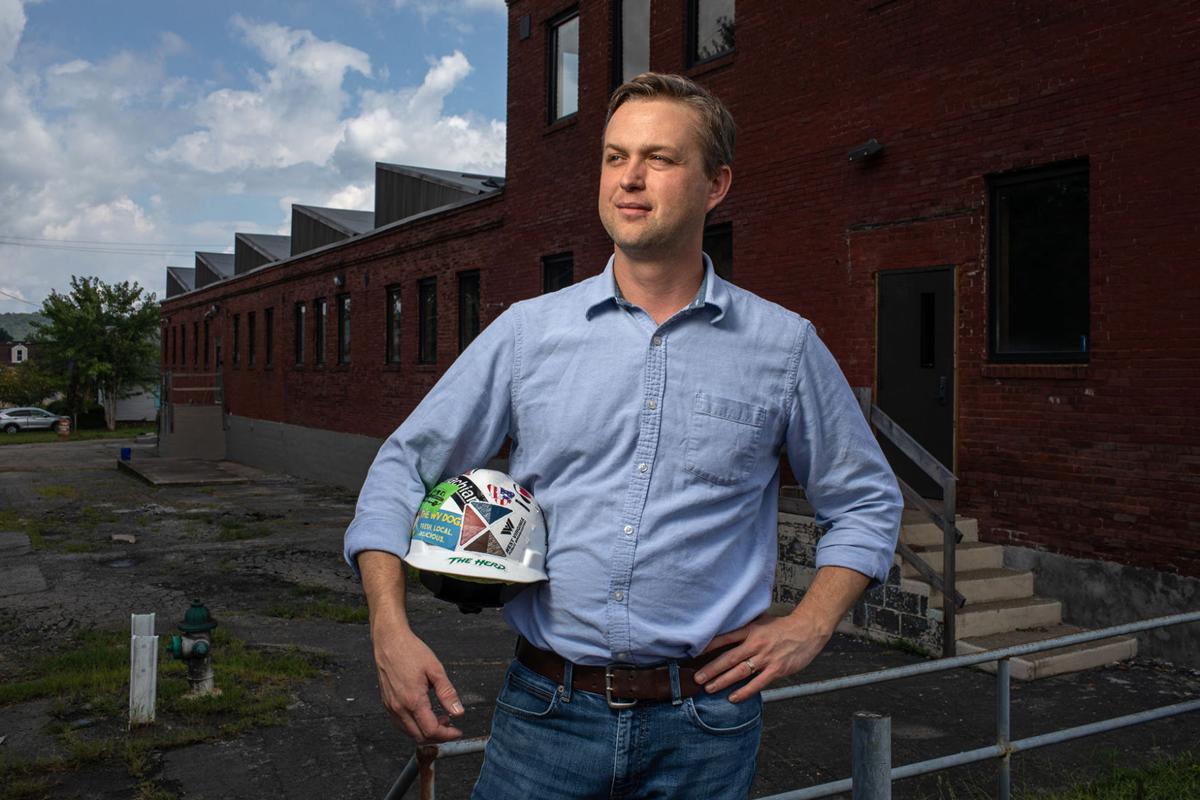If you ask state departments, “Are there standards of care that all facilities treating opioid-dependent pregnant women have to follow?” The short answer is, “No, there are not exact protocols on how to do that,” said Dr. Connie White, deputy commissioner for the Kentucky Department of Public Health.
“Like anyone that you treat with a substance use disorder, it’s very individualized.”
Part of the challenge with having exact protocols for pregnant and parenting women is that women in this stage of life have unique needs that are often complex.
“The challenges have more to do with barriers to care, such as access to those services – including where treatment facilities are located or are not located – as well as other factors related to the population, such as childcare and transportation,” said Janine Breyel, director of the substance use and pregnancy initiatives through the West Virginia Perinatal Partnership.
“In terms of the care itself, it’s fairly straightforward to get a woman on either methadone or buprenorphine, and then manage her prescription, her medication, throughout her pregnancy,” said Breyel.
The current federal standards for caring for opioid-dependent pregnant women call for using medication-assisted treatment as the standard of care. Yet many providers balk at prescribing the medication used to treat opioid use disorders to pregnant women.
“The medical community is sometimes a little frightened of pregnant women and the behavioral health community is no different,” said White. “You’re taking care of two patients at the same time instead of one, and so people have to have certain services in place in order to assist these women. So we are slowly but surely increasing that capacity across our state.”
White said Kentucky has about 17 treatment facilities that will accept pregnant women who are opioid dependent and are working with other facilities to expand beds for that population.
But 17 facilities sprinkled through120 counties in Kentucky means that not many localities offer services to opioid-dependent pregnant women. So some obstetricians and general practitioners have started offering medication-assisted treatment to their patients. But even that requires extra education and support.
“As a retired physician, I can say that sometimes the stigmatization is not out in the community as much as it can be in the medical and the healthcare system,” said White. “So trying to educate people [on] the importance of understanding that this is a chronic relapsing disease and that it is our role to help these women do as much harm reduction as possible and teach them parenting skills that many of them didn’t even experience as children – because traumatic childhood is a common theme among people who are suffering from substance use disorder.”
Meanwhile Virginia, which hasn’t been hit quite as hard by the opioid epidemic as West Virginia and Kentucky, recently began working on services for pregnant women and families impacted by opioid use. The Virginia Department of Health said they’ve had three meetings with over 100 stakeholders, partners and families and are hoping to develop a statewide network so they know what resources they have, who offers them, and where to refer women who need them.
“Essentially we want no wrong door so no matter what door they come in, if this is identified as a need for the family, that it seamless and can happen,” explained Shannon Pursell, Maternal and Infant Health Coordinator for the Virginia Department of Health. “So adequate screening, then diagnosis, referrals, treatment, etc.”
Both Kentucky and West Virginia have their own version of this network. But growing it so there are adequate resources available for those who need them is an ongoing challenge.
This article was originally publish by West Virginia Public Broadcasting. It is part of the series Born Exposed, exploring access to medical and rehabilitative care in Appalachia for opioid-affected women and their babies. Born Exposed is a project of 100 Days in Appalachia, West Virginia Public Broadcasting and the Ohio Valley ReSource.



